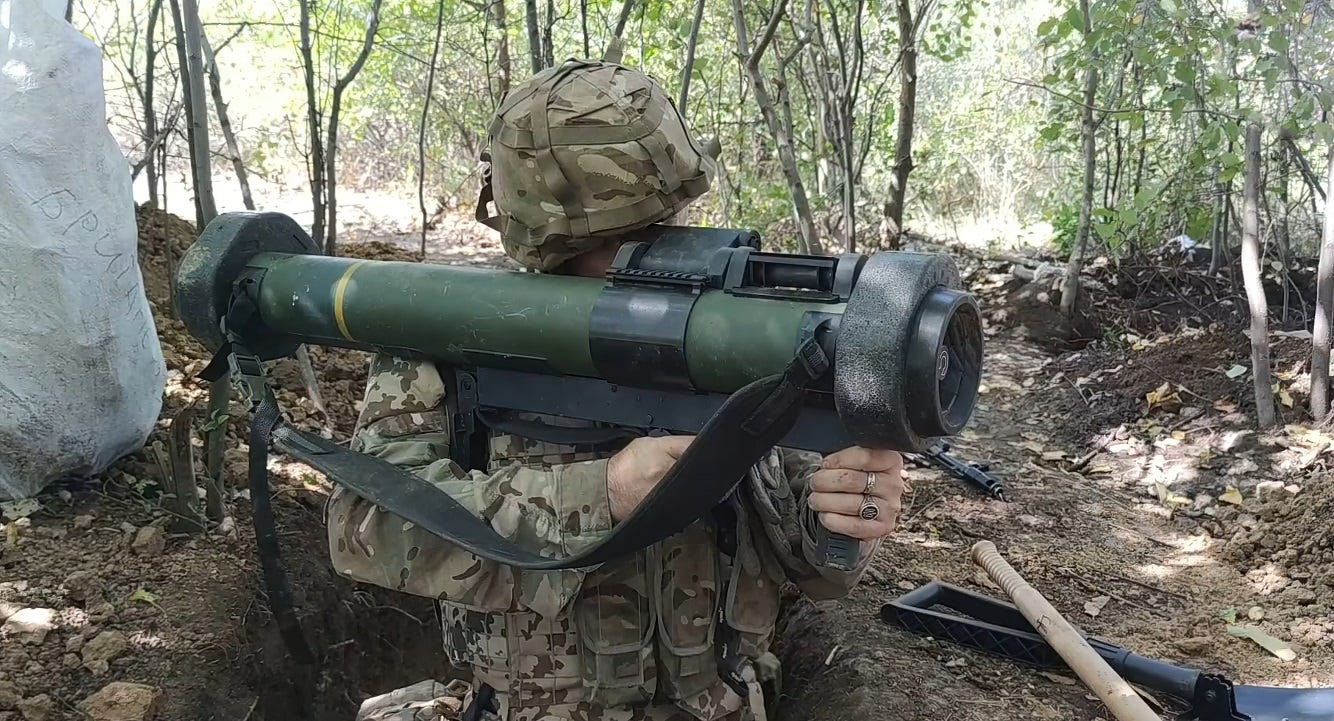Ukraine’s RGW-90 Matador Grenade Launcher Just Got Smarter
But does it still matter in the age of drones?
The RGW-90 Matador has been making Russian armor crews rethink their life choices since it started showing up in Ukraine in 2022.
Lightweight, sometimes effective, and disposable—much like the average Russian conscript—the Matador has proven itself as a solid anti-armor and anti-structure weapon. But now, thanks to a German-Israeli collaboration, it's ge…
Keep reading with a 7-day free trial
Subscribe to Eyes Only with Wes O'Donnell to keep reading this post and get 7 days of free access to the full post archives.



